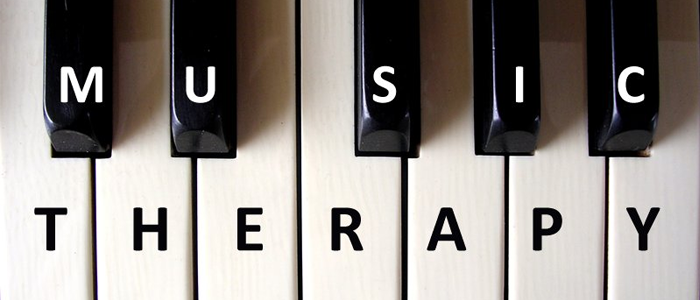Doc Talk: Music Therapy
By: Jack Hisley, M.D.
Listening to music is a major source of enjoyment for many of us and most people form their musical tastes during the teens and early twenties. While “new” music is good, science suggests that familiar old tunes work best in stimulating our memory centers. For over seven years, crooner Tony Bennett suffered from Alzheimer’s disease. Yet when Tony’s long time piano accompanist played old, favorite songs for him, Tony would “come alive”, performing as he had professionally, recalling every word and melody along with the physical gestures he used when singing on stage.
The functions of memory are carried out in the hippocampus, the amygdala and the prefrontal cortex. However, MRI studies have demonstrated that listening to music “lights up” (stimulates) a wide distribution of additional brain structures such as those involved in the senses and the language center. Unfortunately, neurons that have become entangled with tau protein and beta amyloid plaques (hallmarks of Alzheimer’s disease) cannot be restored. However, music stimulates the development of new neurons, builds new pathways around destroyed neurons and creates a cognitive boost.
The most frightening symptom of memory loss is isolation, as individuals with memory loss slowly lose touch with their personal self and begin to live in a silent world. Seemingly aimless wandering has often been observed among many patients with dementia. However, the random, scattered, erratic behavior is not an aimless activity. Instead, people with memory loss are looking for something familiar, something that will put themselves in touch with themselves. Music, which activates long preserved neural networks, has been shown to help those with dementia reconnect with their personal selves.
Concetta Tomaino, who graduated from New York University in 1979 with a Master’s Degree in Music Therapy and later earned a Doctor of Arts in Music Therapy, is a well renowned pioneer in the use of music therapy to treat dementia. She worked at the Beth Abraham Hospital in the Bronx where Dr. Oliver Sacks practiced neurology. You may recall Dr. Sacks, who in 1973 wrote the book Awakenings, which told the story of his use of L-Dopa (Levodopa) in patients who had spent decades in comas caused by the enterovirus Encephalitis lethargica. More familiar is the use of the medication L-Dopa in Parkinson’s disease. Dr. Tomaino educated Dr. Sacks on the use of music therapy in patients with dementia. Together they studied the value and wide reaching benefits of music therapy and by 1991, Dr. Sacks called music a “neurologic necessity”. A national conference on the “Clinical Application of Music in Neurological Rehabilitation” was convened in 1993, providing the momentum for the founding of the Institute of Music and Neurologic Function at Beth Abraham Hospital. Since that time, there has been much interest in the burgeoning field of music therapy and memory.
According to Canadian journalist John Colapinto, “Melodies and lyrics link in our brains ready to be released, lifting our spirits, connecting us with ourselves, our past, and fellow humans.” Karen Armstrong, a religious historian, notes, “Scripture is usually sung or chanted in a way that separates it from mundane speech. Words that are a product of the brain’s left hemisphere are fused with the emotions of the right”.
Actually, the roots of music therapy date back to World War I and II when countless service members were suffering from both moral and traumatic brain injuries, today referred to as “Post-traumatic stress disorder” (PTSD). By chance, after WWII ended, VA staff noticed that mood improved when service men and women listened to familiar old music. In 1934, Bing Crosby recorded the famous 1910 song Let Me Call You Sweetheart, which was a favorite during WWI, WWII, and the Depression, along with later hits including Blue Moon, Catch A Falling Star, and You Are My Sunshine. Like service men and women of both World Wars, people with dementia respond to old, familiar tunes. Areas of the brain that process music have been shown to be more resilient to cell damage than the classic memory centers usually associated with dementia.
Over the years, BG residents Sally Houlihan, Bob Voigt, and Susanne Emge have conducted music sessions in our memory care unit. The offerings are fun, well attended, and accompanied by smiles, humming, and toe tapping. Perhaps other residents with musical talent would be willing to engage in this rewarding activity as well. Also, research has shown that providing continuous background music from the 1930s, 1940s and 1950s may diminish or eliminate some of the isolation people with dementia often experience.
